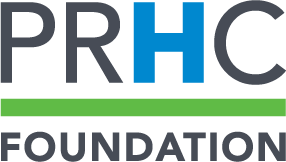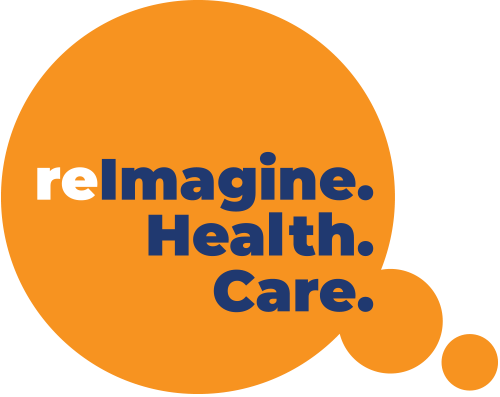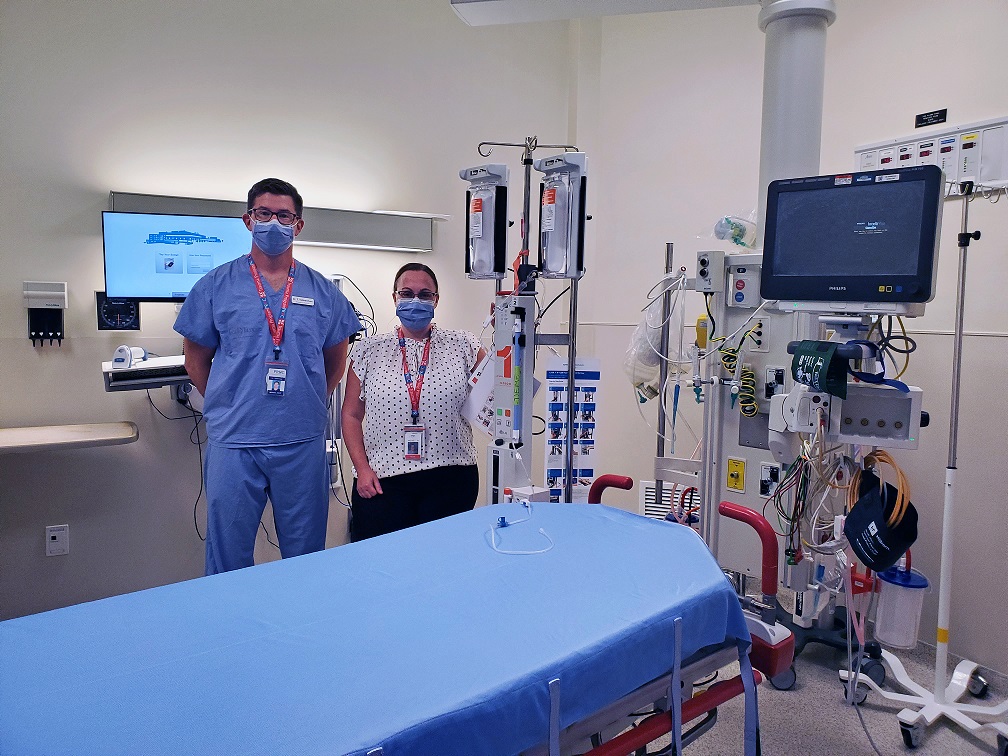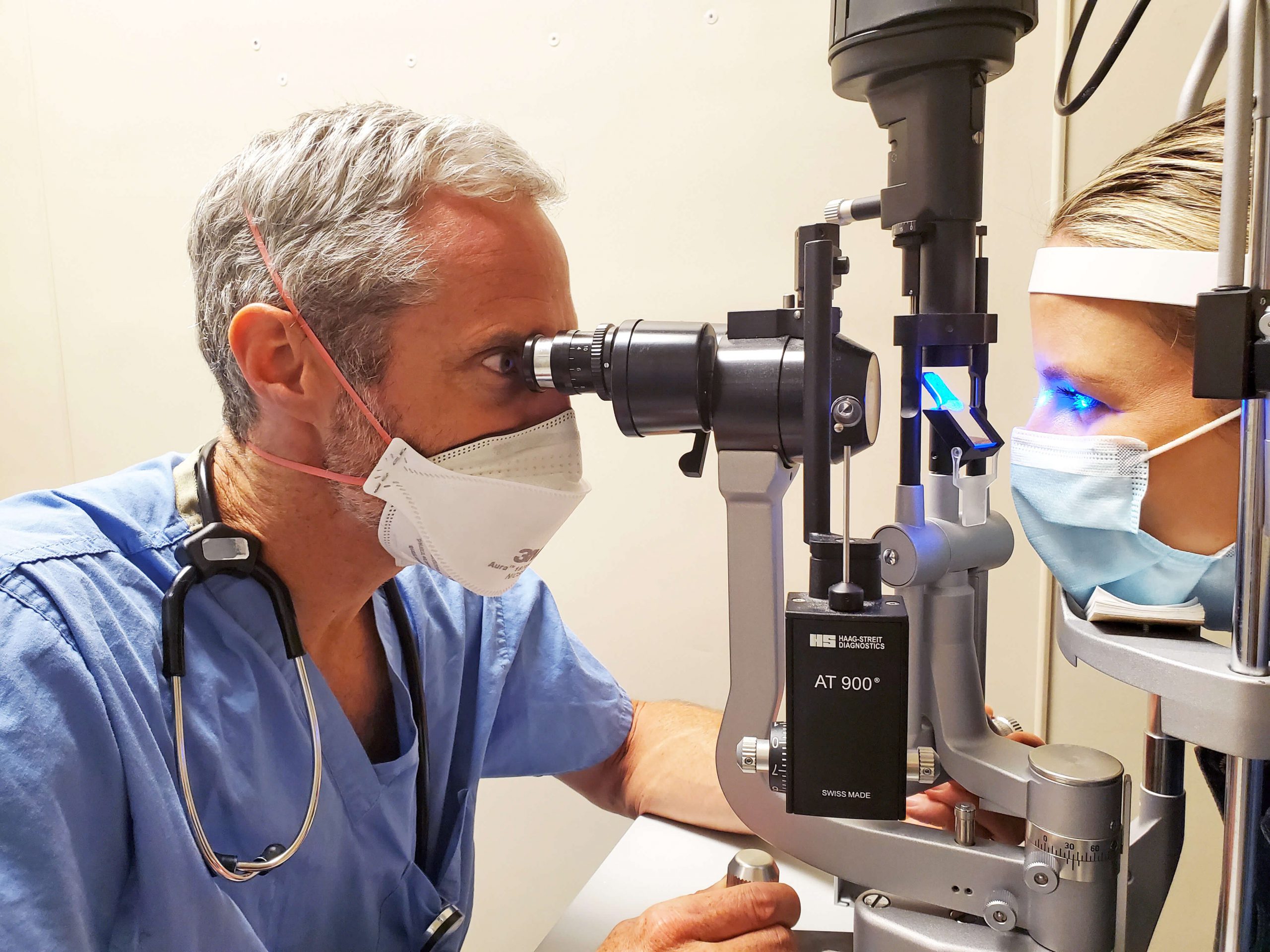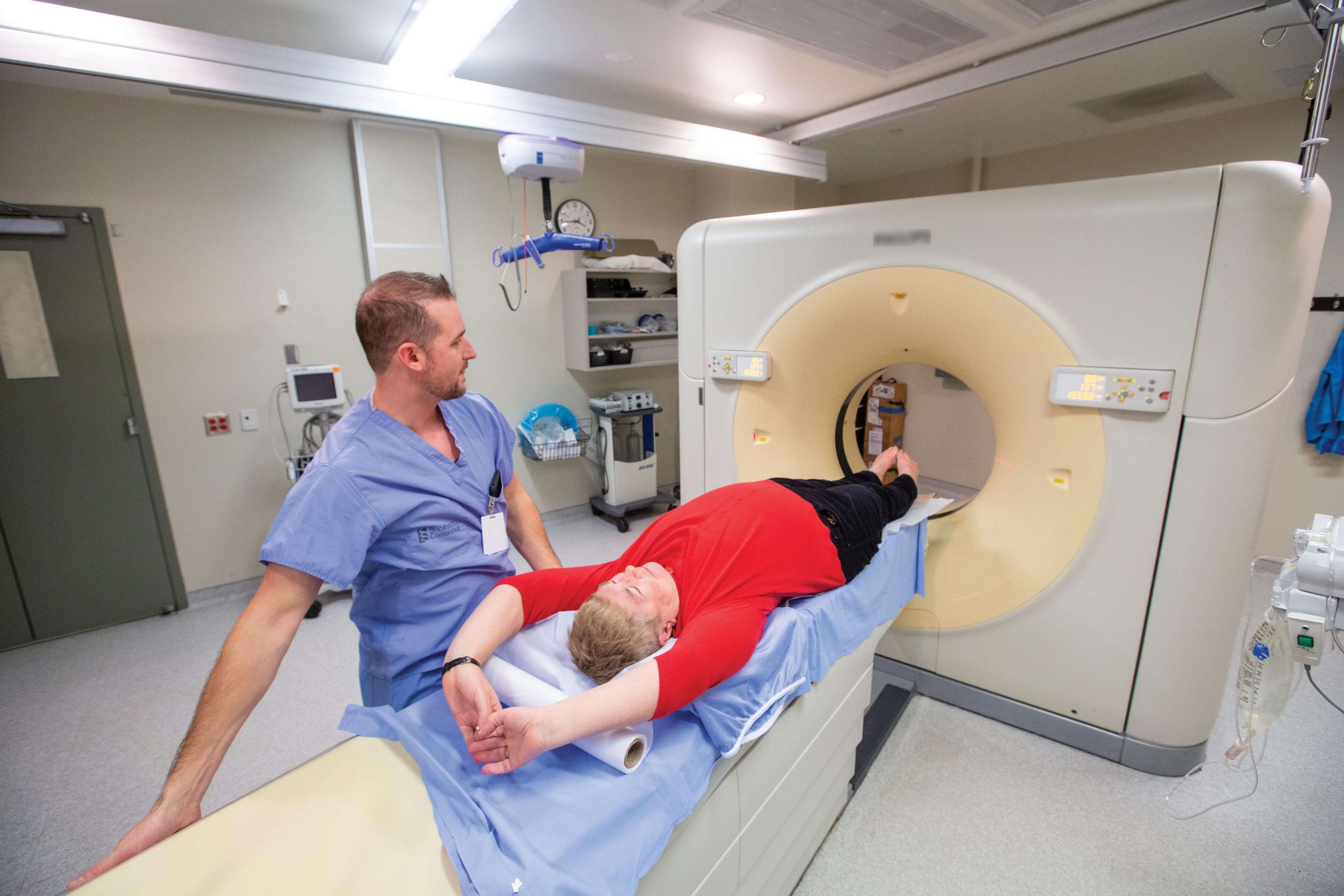Earlier this year, Peterborough Regional Health Centre received official designation as a Level III Trauma Centre. As a result, the hospital now has a recognized trauma program that, for the first time, is part of the provincial network, with access to its resources. A PRHC trauma director and team have been appointed to further develop PRHC’s trauma system.
Continue readingImpact Spotlight: Donor-funded ED equipment is helping save patients’ sight
Last year, more than 76,000 patients visited Peterborough Regional Health Centre’s Emergency Department (ED) in search of urgent, expert healthcare. Open 24 hours a day, seven days a week, it’s historically one of the busiest EDs in the province.
Throughout the year, emergency physician Dr. Aidan Cunniffe and his colleagues use an ophthalmology microscope known as a slit lamp up to 2,000 times to diagnose urgent eye health issues and help save patients’ sight. This essential equipment many of us have encountered during a scheduled eye exam includes a binocular microscope and a strong, concentrated light.
Used so often, the slit lamp wore out last year and was replaced – not like-for-like – but with more advanced equipment funded by PRHC Foundation donors. The new technology is more reliable and instead of incandescent light bulbs that regularly burn out, features powerful, long-lasting LED light.
Dr. Cunniffe uses the lamp to examine a patient’s eyes and get a clear, 3-D look at what is happening in and around them. By adjusting the light, he can look at different parts of the eyes and face, including the skin around the eye, the eyelids and lashes, the surface and other layers of the eye, and the retina. The lamp helps him spot foreign bodies, abrasion of the cornea, signs of impact or detachment of the retina, and infection.
“Occupational injuries are a common emergency eye health issue we see in the ED,” says Dr. Cunniffe. “Recently a patient who had been injured at work came in with a lacerated cornea – a cut into the eyeball. He’d lost his vision. The slit lamp helped me diagnose the injury quickly, expediting an emergency eye surgery to save his sight.”
It’s crucial that PRHC’s emergency doctors, nurses and staff have the technology necessary to diagnose patients and get them the best treatment as soon as possible. Because the government doesn’t fund equipment, PRHC counts on donors to fund the lifesaving and life-changing tools the hospital’s healthcare providers need – essentials like the slit lamp.
“Thank you, donors,” says Dr. Cunniffe. “Because of your generosity the new slit lamp is helping me provide vital care to patients from across the region.”
PRHC is bringing cutting-edge new CT scanners to our region with your help
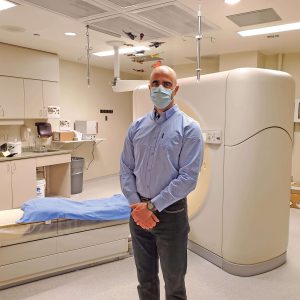
Dr. Mario Voros is a PRHC Radiologist who’s leading the charge to bring two new, state-of-the-art CT scanners to the hospital. We asked him to tell us about this cutting-edge equipment and how it will improve care for thousands of patients in our region…
What is CT scan technology?
A CT – or computed tomography – scan is a more powerful, dynamic, moving X-Ray. Unlike a traditional 2-dimensional X-Ray, CT scanners create hundreds of incredibly detailed cross-sectional images and 3-dimensional images of a patient’s anatomy. They’re unique because they can display a combination of soft tissue, bones and blood vessels in a single image.
Why are CT scans an important diagnostic tool?
Radiologists call CT the workhorse – or backbone – of the hospital. At PRHC, about 28,000 CT scans are performed each year because they’re crucial to rapidly confirming a diagnosis and beginning lifesaving treatment for many seriously sick or injured patients. We perform a CT scan for patients with head injuries to rule out a brain bleed. We use CT for rapid stroke assessment and to identify blockages or damage in arteries. We image for common issues like kidney stones and appendicitis. We use CT in cancer care. CT helps doctors diagnose fractures and issues related to trauma. A chest CT can even identify some consequences of COVID-19, like pneumonia.
Why does PRHC need new CT equipment?
PRHC’s current CT scanners are more than 12 years old and nearing the end of their lifespan. They must be replaced with new equipment. This is an opportunity to make significant advancements in our critical CT services because the technology has come a long way in a decade. We need the most advanced imaging technology available, so that every doctor at PRHC can do our jobs to the best of our ability.
How will the new CT scanners benefit patients?
The new CT scanners will fit the needs of the hospital now and well into the future. They’re the best available scanners on the market. They’re faster, meaning shorter scan times. This is better for all patients, but especially those in pain or distress. They’ll provide much better-quality images, making it easier for my colleagues and me to see what’s happening inside a patient’s body. And there’s less radiation used during a scan, which means less risk to the patient.
How will donors help make this equipment advancement possible?
The government doesn’t fund most of the technology doctors, nurses and staff use to provide patient care every day. So, we rely on donors to help us invest in equipment that is vital to the world-class care we provide to patients from across our region. It’s donors who make that care possible by giving to the PRHC Foundation to help fund cutting-edge tools, like essential new CT scanners. And at PRHC, we’re all very grateful for that support.
For more information or to support this exciting investment, please click here or call 705-876-5000.
